Magazine knitting patterns
Have you ever wondered about the knitting patterns that you see in magazines? About who the designers are, how they get their patterns into the magazines, who actually chooses which patterns are published?

Sometimes you open the magazine and you want to knit everything that’s inside. Sometimes you don’t, but more often than not there are a few things that will catch your eye from a wide variety of projects that make it worth the trip to the shops to buy the magazine. I’ve heard people muttering about the price of magazines but when you think that you’ll pay anything from £3 for an individual pattern (and considerably more, sometimes, if you have a look around the Ravelry store) then a magazine is very good value. You might not like every pattern every time – but then you might not win with every lottery ticket that you buy and it doesn’t stop you buying more, does it? 😉
This is quite an old issue of Knit Now (I cut all my magazines up last year, if you remember) but you can see that along the bottom there are 19 patterns listed. 19!!! At £3 pounds each that would be £57 which proves my point about the value of magazines, but back to my original question: who are the designers and how do they get their patterns into the magazines for us to enjoy?

Well, I have an answer for you! I was thrilled to be asked by Kate Heppell, the editor of Knit Now magazine, whether I would like to join their panel for this month’s pattern selection. Would I? She didn’t have to ask twice! 🙂
Back in July of 2016, I was lucky enough to visit the Sirdar mill in Yorkshire as part of the prize for being one of Knit Now’s Online Knitters of the Year (you can read the posts about that here and here). As part of the day, Kate spoke about how a magazine issue is put together and where the patterns come from and they’re sent in by anybody who wants to, basically! Every three months she sends out a call for submissions on the Ravelry designers page which sets out what she is looking for in relation to the next three months’ magazines; if you’d like to see what the requirements were for the latest set of issues, you can see it here. Each issue will have it’s own collection based on a theme with a Pinterest mood board of ideas to start the creative ideas flowing and once the deadline for the submissions has passed, it’s time to start narrowing down the patterns to the ones that are going to be published.

For the next three months’ magazines, the themes are Piece of Cake, Shifting Seasons, Building Blocks and Kate was getting an early start on the Christmas issues too by asking for Christmas-themed patterns. It might seem a little early for that, but as these issues won’t be in the shops until later in the year, Kate doesn’t have as long as you might think to put her Christmas issues together. The submission can be as simple or complicated as the designer wants to make it, but must include a sketch of the finished item, a short description of what it is and a photograph of a swatch and yarn choice ideas. If you’d imagined that you would need to send in finished patterns and garments, then you’re the same as me – I was surprised that you don’t actually need to have knitted your design up before submitting it. It makes sense, of course, as Kate regularly gets over 150 submissions for what is in the end limited space in the magazine so a lot of time and effort could go into something that doesn’t get chosen – and the reason it’s not chosen could simply be because a similar pattern has recently been published not because the pattern isn’t right for the magazine.
So, now that we’ve established that I wouldn’t be sitting on an X-Factor-style panel whilst designs were swished up and down a catwalk in front of me, what exactly does go on with pattern selection?
This is where my post is going to get a bit boring if you were hoping for photos – I can’t show you anything! I can tell you, however, that selection involved a cup of tea and a toasted teacake, a Dropbox file of pattern submissions and a spreadsheet where the six panellists gave a score for each pattern and wrote some notes if they wanted to – it was all very civilised! I was a bit worried about having to score the patterns if I’m honest, but in the end it was easier than I expected. It was all about deciding how the design made you feel, whether you thought it would appeal to other readers, how easy or hard it would be to knit so that all abilities could be catered for and whether it fitted with the themes – or sometimes just whether you loved it!
What I like about the whole submissions process is that it’s open to anybody. If you’ve got an idea and think you can translate it to paper so that others can knit it too then you’ve got as much chance of your design being picked as those whose names I recognised as being in magazines for years. The patterns are professionally tech-edited after submission (I’ve had a go at doing that recently too, working alongside a professional tech editor who taught me a huge amount about my own pattern-writing in the process, and I can say that tech editors are definitely the unsung heroes of the yarn industry) which means that not having written patterns before shouldn’t preclude anybody – although obviously you do have to make an effort to get it right as a tech-editor won’t write the pattern for you!
There was a huge difference in the styles of submissions ranging from super-professional to extremely basic and the process began by weeding out those without any swatches, any descriptions of how the item might turn out or ones that were obviously just not right for the magazine. Each submission is the designer’s chance to show off what they can do, so it was surprising to me that some people hadn’t made the most of the opportunity – it’s like a mini CV for a job so I’d think that you’d want to make sure that your photos were just right, your grammar was spot on and it was quite clear what your intentions were with your design. It’s not for the faint-hearted either – each pattern will require between 3 and 9 different sizes depending on what it is so if you’ve got the skills to do that, then you should be presenting them in the best way possible!
Once I’d been through the 154 patterns, that was it. It took quite a while so there may have been more than one cup of tea and more than one teacake, but it was a fascinating thing to do. The spreadsheet file was saved and uploaded back to the shared drive and that’s my part over. I’ll have to wait and see which patterns are printed now, and I know from my own experience of designing socks that the difference between sending your finished item off and seeing it in print after a professional photoshoot is amazing, so all the patterns that are picked are sure to inspire Knit Now’s readers to pick up their needles. I can’t wait to see them!
Edit: Seasidelife asked who knits up the designs for the photoshoots and I didn’t know the answer so I asked Kate. She said that most of the time it’s the designer, although some will have sample knitters – that’s a lot of work if it’s a big project so you can see that there’s plenty going on behind the scenes!
Huge thanks to Kate at Knit Now for inviting me to be part of the panel – it was a fab experience!




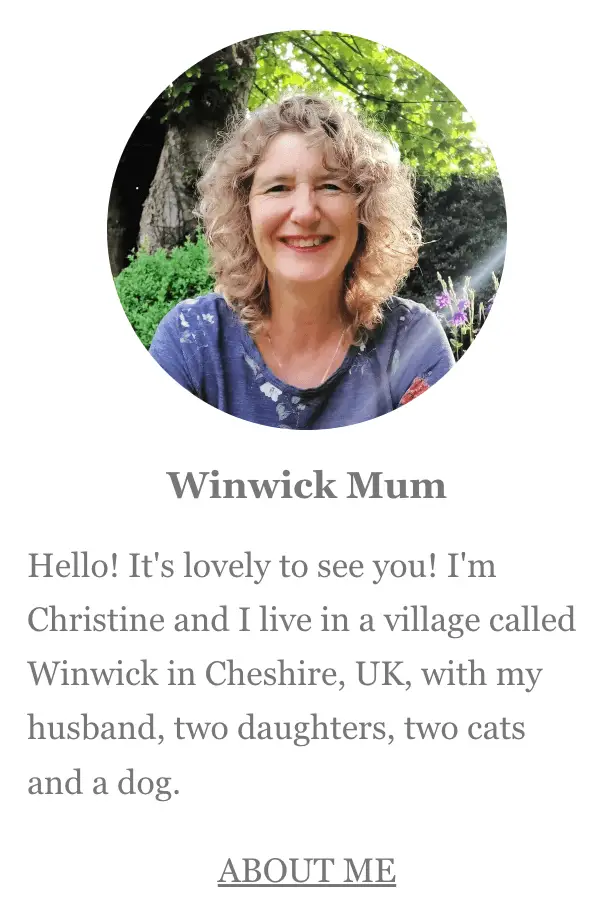

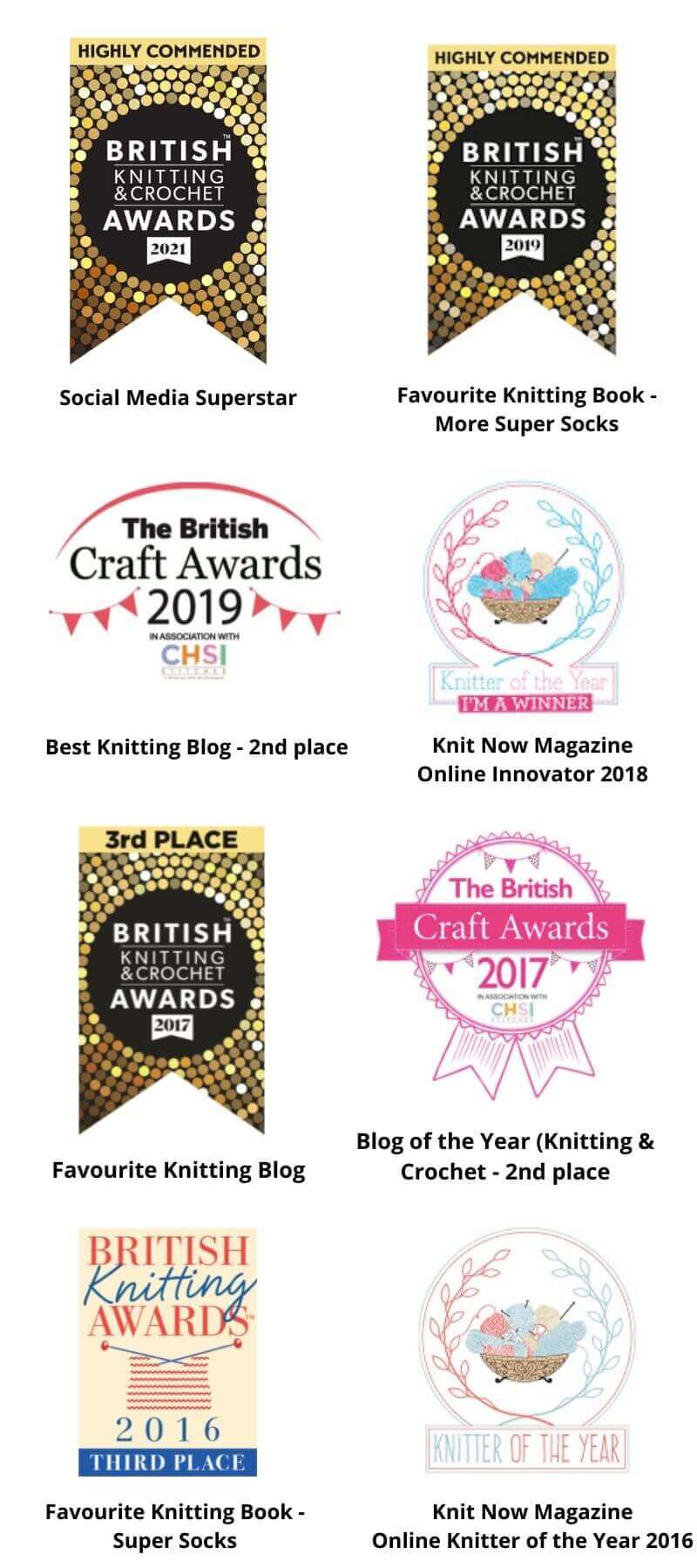

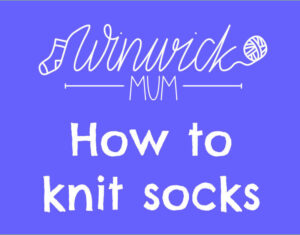


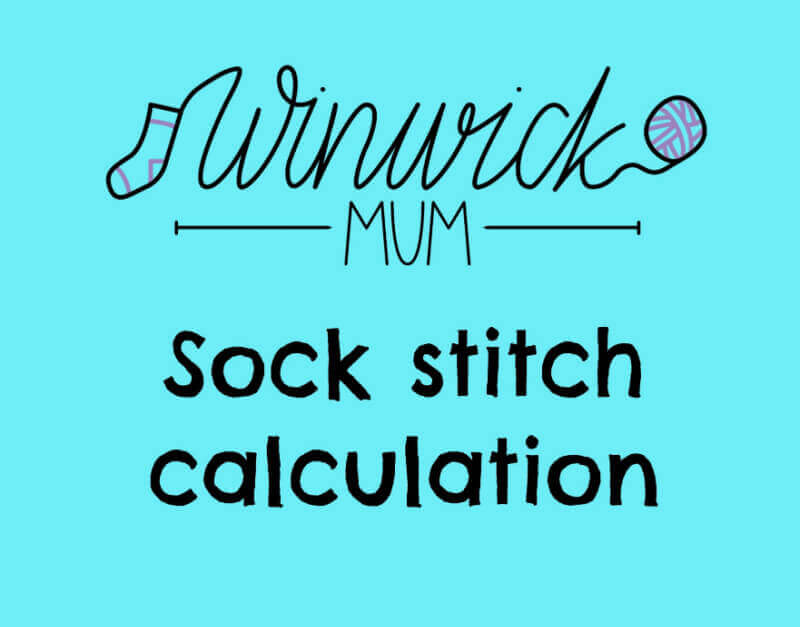
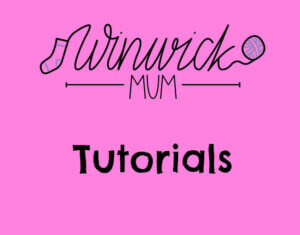




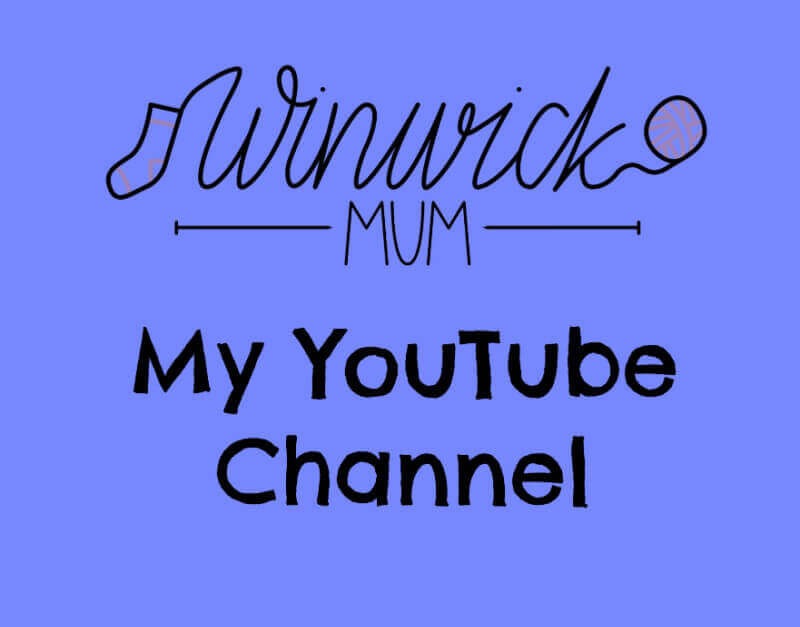
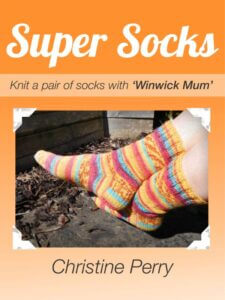
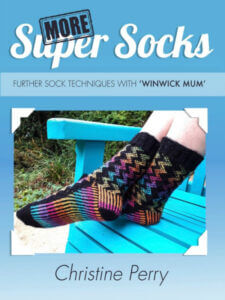


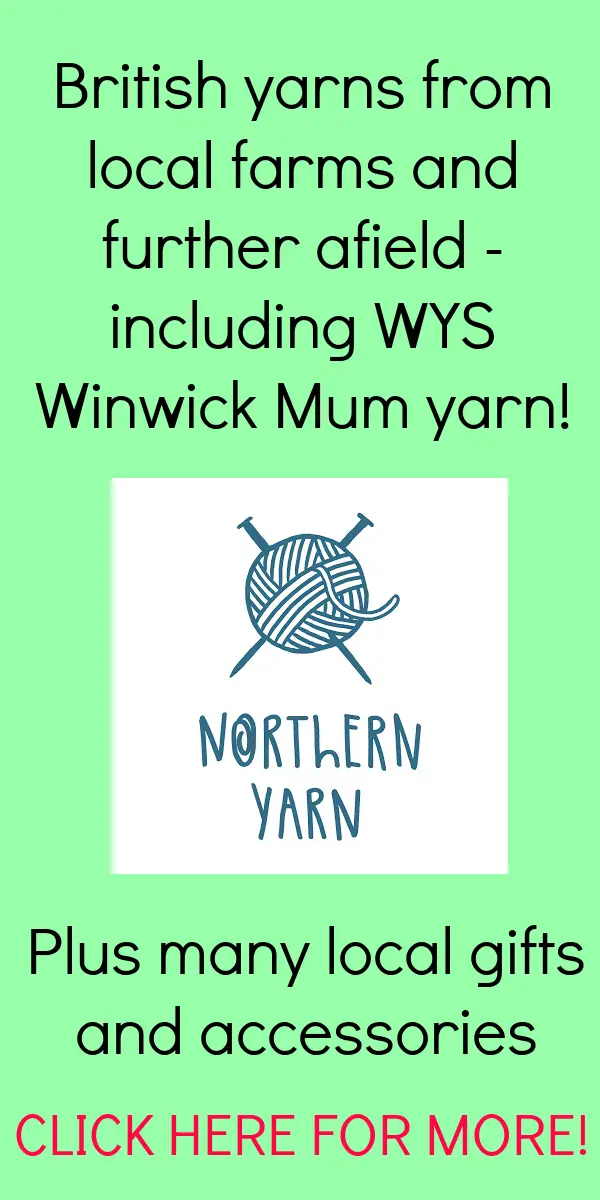

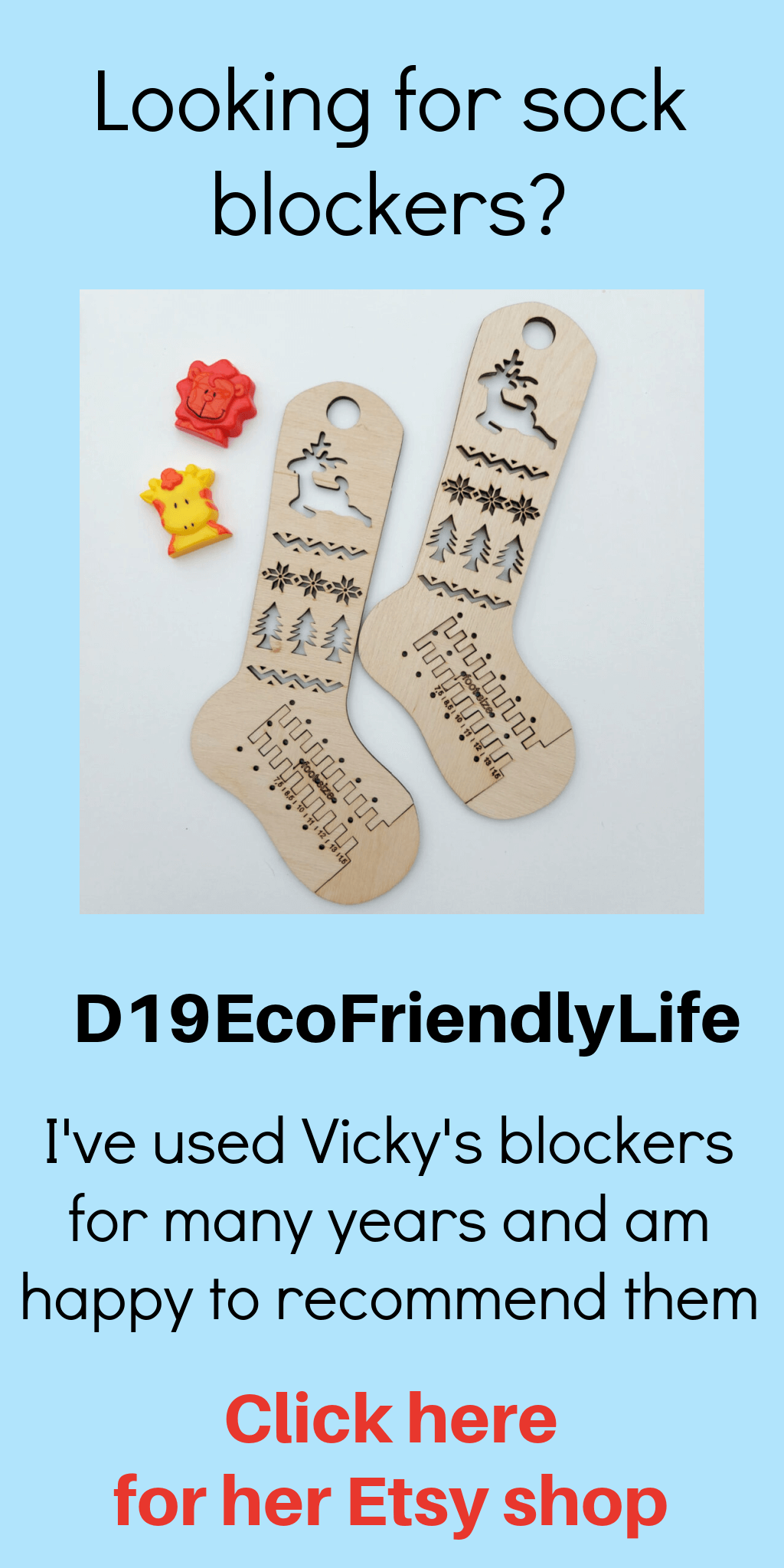

This is really interesting. Thank you for sharing!
You're very welcome! 🙂 xx
Very interesting, thanks for sharing. I assumed that people send in their written pattern with the knitted garment. Or that the magazine had a select few who regularly design new things on trend. Cathy x
Yes, I was the same so it was quite a surprise to see it was done differently xx
lovely informative post, I can imagine the appeal of having a tonne of sneaky peeks all at once!
Oh, the thought of all those sneaky peeks was almost too much! 🙂 xx
Thank you for justifying my total addiction to knitting magazines – now I can tell my husband how much money I am saving every month by not buying the patterns individually!! Very interesting to learn how the patterns are selected!
I think that's perfectly reasonable 🙂 xx
That's so interesting to read, I had no idea how it all worked. Thank you so much for sharing your experience.
I'm glad you liked it! xx
So interesting. I thought the pattern would be submitted with a sample. So who knits the patterns up for the photoshoots?
Good question! I had to ask Kate (the editor) and she said that most of the time it's the designer although some will get their samples knitted up for them. That's a big job if it's a jumper or big jacket, so it makes you realise how much work goes into these patterns behind the scenes! xx
This is very interesting. Do you know how they pay for the patterns? Is it different based on the garment type (shawl vs cardigan etc)? Do you give up your rights to the pattern in the future?
I love a toasted teacake with a cup of tea, so British.
Yes, the pay rate is different depending on what it is and the copyright reverts to the designer after a certain length of time. All that information is in the guidelines, you can find the link in the post above if you want to have a look xx
Very interesting, thanks Christine for taking time to explain how it works. I always thought the designer submitted the pattern and garment for approval. I'm now wondering if there were socks you had to vote on and if they got better marks lol
I couldn't possibly comment 😉 xx
wow that would be a lot of work!
very interesting!
thanx for sharing
It took a few hours so not much in the scheme of things for me but I think the hard work is going to start now for the designers! xx
Thanks for the info. What is the purpose of the swatch exactly? Is it how you envision the pattern on the item to be? Does it have to be a specific size? Thanks 🙂 Eilidh x
The swatch is useful for the selection panel as it gives an idea of what the yarn or pattern that the designer has chosen will look like when it's knitted up. The panel can only go on what the designer gives them to look at so it makes sense for the designer to give them as much information as they can – a lace panel, for example, or a colourwork sample – so that they get an idea of what's in the designer's mind. I don't think there is a set size for the swatch to be; it's down to the designer how much information they choose to send, but the fact that they don't have to send the finished garment for consideration means that the short time taken to make even a reasonably-sized swatch is worth the effort. Hope that helps! xx
Thank you Christine, that does help 🙂